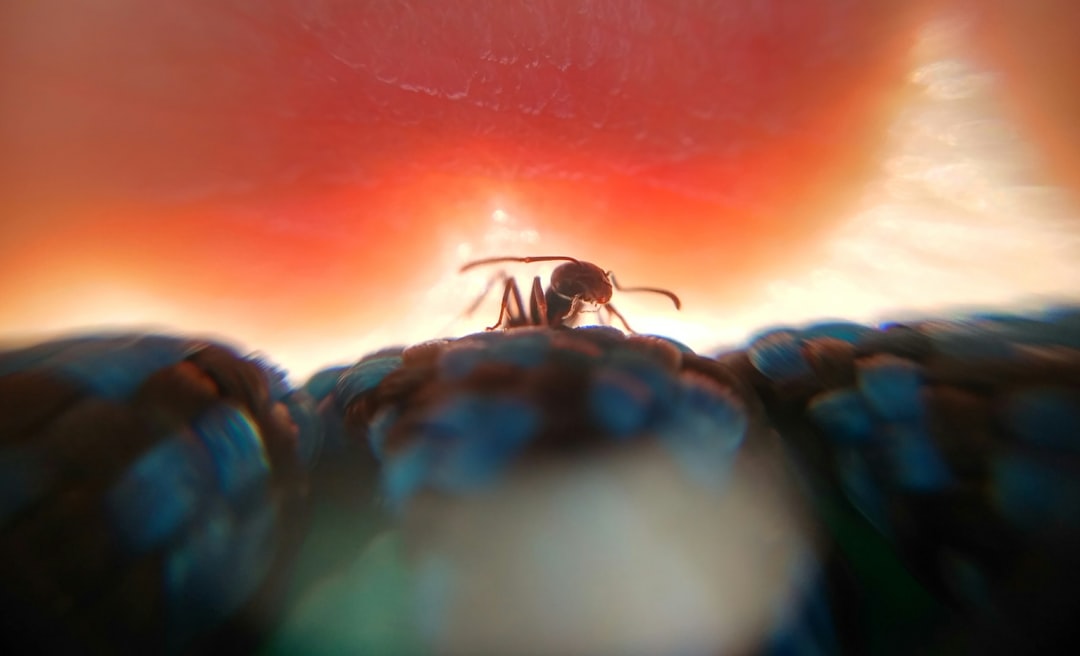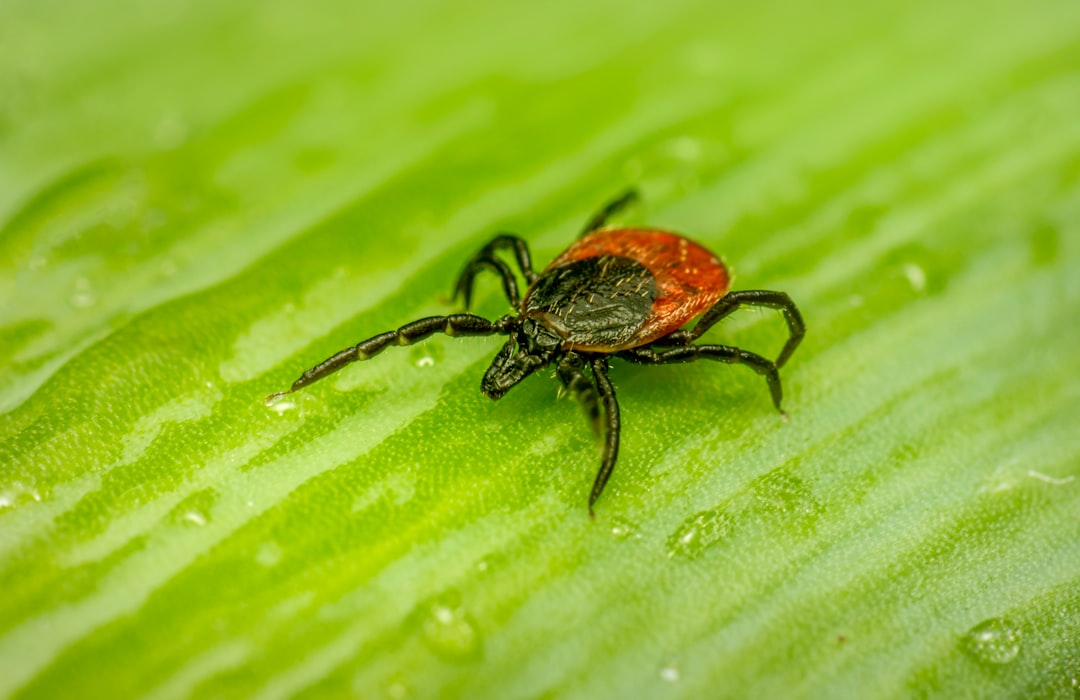What is it about?
Groups of species with shared evolutionary history (clades) survive in the course of evolution at different rates. Differences in response of the clades to environmental changes may be an important factor of the differential survival. We show that clade members occupying similar habitats tend to locally co-occur. We suggest and present evidence that co-occurrence with fellow clade members is often beneficial, contrary to the mainstream hypotheses in community ecology implying that it is detrimental. There is tentative evidence for an eco-evolutionary feedback between habitat similarity among clade members, their co-occurrence, and their reduced vulnerability to environmental change.
Featured Image
Why is it important?
It is important to understand how communities respond to environmental change and why some clades are more recalcitrant to the change than others. Our review of current literature and data in the area provides insights into possible factors, affecting survival of species co-existing in similar environments.
Perspectives
This review provides yet an another example that some long-held views in community ecology may not be substantiated by the data.
Dr Igor V Bartish
Institute of Botany
Read the Original
This page is a summary of: Benefits from living together? Clades whose species use similar habitats may persist as a result of eco-evolutionary feedbacks, New Phytologist, November 2016, Wiley,
DOI: 10.1111/nph.14341.
You can read the full text:
Contributors
The following have contributed to this page










